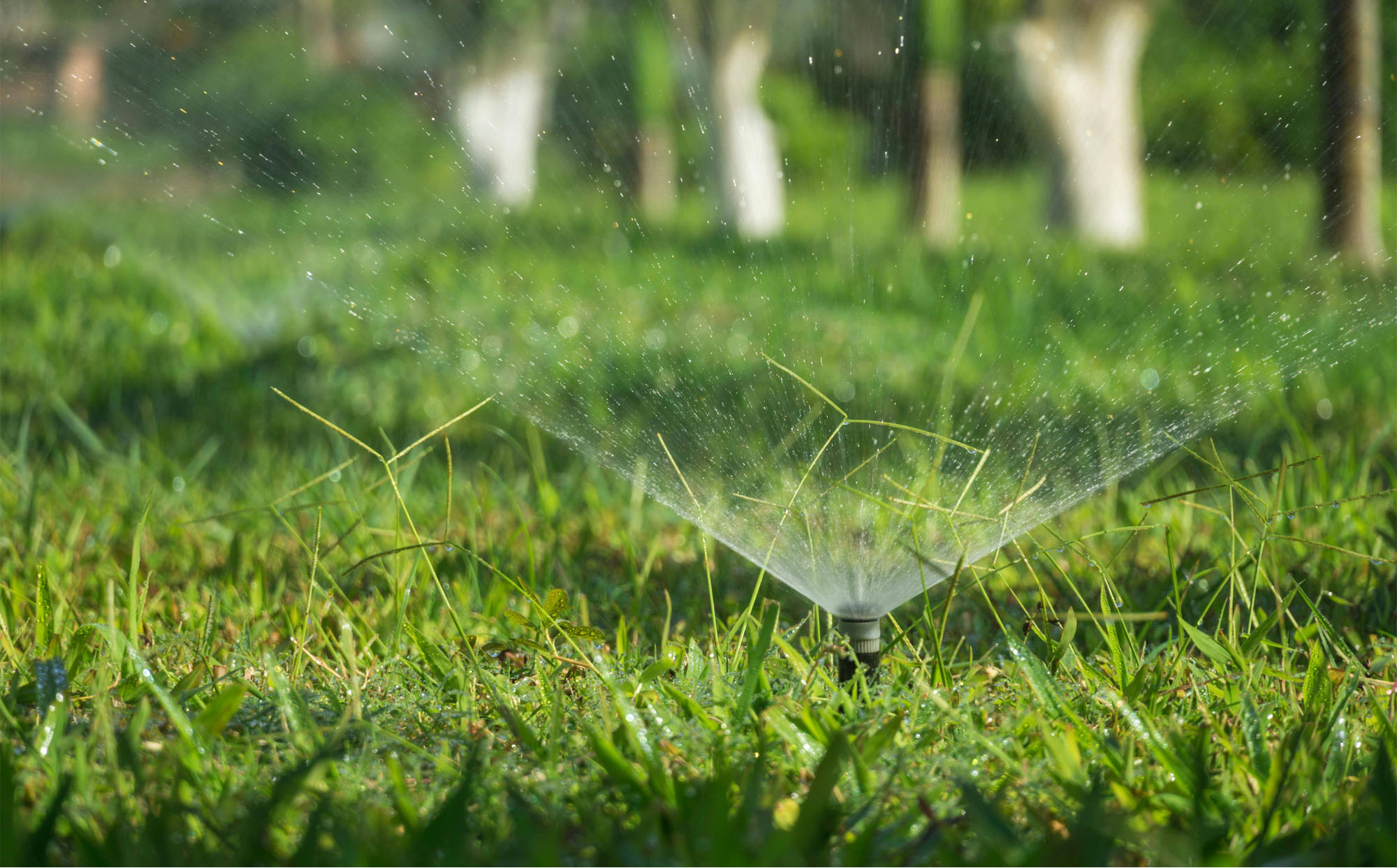How to Reduce Water Use in the Summer

Being mindful of the water we use is important all year round, but it becomes even more critical during the summer months when water consumption naturally rises. With record-breaking heat across the U.S. this year, conserving water takes on greater importance, and even becomes a necessity in some areas hit by drier weather.
Why conserve water at all? Water is a precious and essential resource for us and for plants and animals. Working to protect and conserve this natural resource is an investment in the long-term health of our communities, and the animals and plants next door. Plus, it can help reduce your water bill in the short term. Below we outline some ways to help conserve water during the summer!
1. Water Lawns and Plants During the Early Morning or Evening
Watering your plants and lawn between the hours of 6:00 pm - 10:00 am allows water to soak into the soil without evaporating first. By watering during this time window, less water will be used, and your outdoor spaces will have time to drink up what they need to stay green and healthy.
2. Inspect Sprinkler Systems Annually
Annual checks are vital to the proper functioning and optimization of your sprinkler systems. During these inspections, first make any repairs or upgrades to your system to improve its water efficiency. Look for any sprinkler heads that are leaking or broken and replace those that are. Replace sprinklers as much as possible with more efficient watering methods such as soaker hoses. As you complete maintenance and make repairs, look for ways you can optimize the area you are watering. Adjust your system to cover only the areas you need to be watered. Even slight adjustments can reduce the amount of water you waste.
3. Install a WaterSense Controller
WaterSense controllers are essentially more advanced and precise water timers. They use weather or soil information to automatically adjust how much you water your lawn according to its requirements in the moment. Weather-Based (WBIC) controllers use local weather information to determine if the sprinkler system should cycle. Soil Moisture-Based (SMS) controllers measure moisture levels in the ground through sensors. Dry soil conditions are dry will then prompt a watering cycle. These controllers can save up to 15,000 gallons of water annually and reduce your water bill significantly.
4. Zone Your Plants by Water Consumption
Grouping plants that have similar water needs will help prevent over or under watering. Then, water your lawn and flower beds by zone. This approach may take more time, but it also results in a healthier lawn or garden. Zoning your plants will also help you set up timers for your sprinkling system.
5. Consider Less-Water-Hungry Varieties of Grass
This suggestion often works well in concert with the xeriscaping approach to landscaping discussed in more detail below, but it’s not absolutely necessary. In recent years there have been some significant (and exciting) advancements in grass seed that have produced low-maintenance varieties. One example is Pearl’s Premium Ultra Low Maintenance grass seed, which has longer roots than most grasses and grows slower, requiring less frequent mowing. Scientist Jackson Madnick spent eight years testing thousands of different types of common grass seed to arrive at one that is drought resistant but still produces a gorgeous green lawn. His persistence paid off with a seed mix that is particularly resilient to drought and lush.
More generally, looking for grass that has long roots or is native to the areas are good guidelines to selecting grass for your lawn.
6. Xeriscaping for a More Natural Look
Xeriscaping is an approach to landscaping designed to reduce or eliminate the need for supplemental watering. In areas where water is scarce, xeriscaping has become a way of life for many homeowners, but it doesn’t just mean planting cactuses. More comprehensive and holistic than our other suggestions, it encompasses everything from planning the layout of the lawn to be more water efficient to selecting those that utilizes native plants and elements more suitable for the local precipitation levels. Some other basic steps include mulching, addressing soil health and structure, reducing the area of your green lawn, and adjusting the way you plant to encourage faster root growth, and regular maintenance.
The Xeriscaping method was first conceived by Denver Water in Denver, Colorado, also, we’re proud to say, the home of PureSky Energy. If you’re in the neighborhood, come say hello to us but also take a moment to visit one of the many xeriscaping demonstration gardens located across the city. Denver Water website also has many helpful tips on getting started, including some budget-friendly options.
If you’re feeling ambitious this year, the best time to transition to a xeriscape lawn is the late summer or early autumn, so you still have time to get started.
Water conservation benefits our communities and surrounding habitats. An ounce of prevention is worth a pound of cure. Share these tips with someone you think may be interested so we can all improve together and continue protecting our beautiful planet!
Sources:




